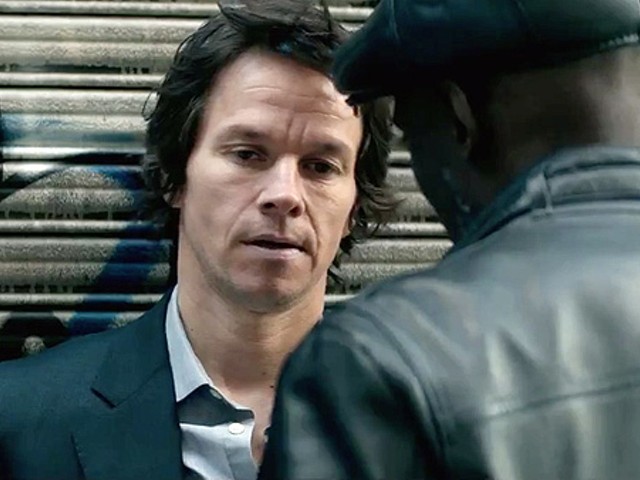Tylonn J. Sawyer is as clean and straightforward as you get in the art world. He's in the midst of juggling numerous projects, but you won't find a method to his madness because there is no madness. His tongue speaks the King's English better than most philosophy teachers as he talks art and culture. "I'm going to start a series based on the cult phenomenon in our culture," he says. "Cults are based on a series of beliefs that break societal norms, but lots of things that are called mainstream today started out as cults."
Sawyer is the proverbial apple that didn't fall too far from the tree. His mother drew cartoons at her leisure and his father was into automotive design. "Neither one pursued art because they had me at a very young age," he says of his parents.
As a contemporary figurative painter, Sawyer has always focused on realism and naturalism. His 5-foot-by-4-ft portraits are bold, but he will paint them bigger if you let him. "I want to do small paintings, but I just can't," he says. "I like big paintings because they are confrontational."
After Sawyer's graduation from Highland Park high school in 1995, he enrolled in Eastern Michigan University as a computer design major. "I took a drawing class there to see if I could compete on a collegiate level," he says. Sawyer aced the class, changed his major to fine arts with a focus on drawing and painting, and sought the mentorship of professor Richard Washington. "It was cool to see a black man who was dedicated to his craft and his students," he says.
The academic portion of Sawyer's development is crucial because Sawyer wasn't clinging onto any preconceived concepts of art. He was essentially a blank canvas who needed the structure and tutelage of a university setting to guide his hand. Sawyer continued his education at the New York Academy of Art where he earned a Master of Fine Arts in painting.
By 2004 Sawyer was homesick and looking for work. He moved back to Detroit and began working as an administrator for a psychiatric ward. "I call that the dark period," he says with a laugh. Sawyer had fallen into the 9-to-5 trap while rarely making time to paint. In 2011 he was laid off, and the beginning and the end seemed to be happening simultaneously. "I got my unemployment check and I didn't have anything else to do but look for a job and paint," he says.
Sawyer promised himself he was done working day jobs that had nothing to offer his goals. Within months the opportunities were falling like coins out the sky. His work was featured in a show at the Cass Café and at the Virgil Carr Center. He was chosen for a Red Bull House of Art residency, participated in the Contemporary Artists Series at Marygrove College, held his first solo show at N'Namdi Center for Contemporary Art, and accepted a job as the youth program director at the Museum of Contemporary Art Detroit.
Although Sawyer feels reasonably accomplished, his outlook on his legacy runs much deeper than paints and canvas. "I want to be considered somebody who helped make black faces very valid in art," he says. "I want to be a part of that conversation where you're considered one of these people who are making images based on people of color and they are amazing and they matter in the context of contemporary art, not just racial politics."
Learn more about Tylonn J. Sawyer at tylonnsawyer.schmolio.com.






